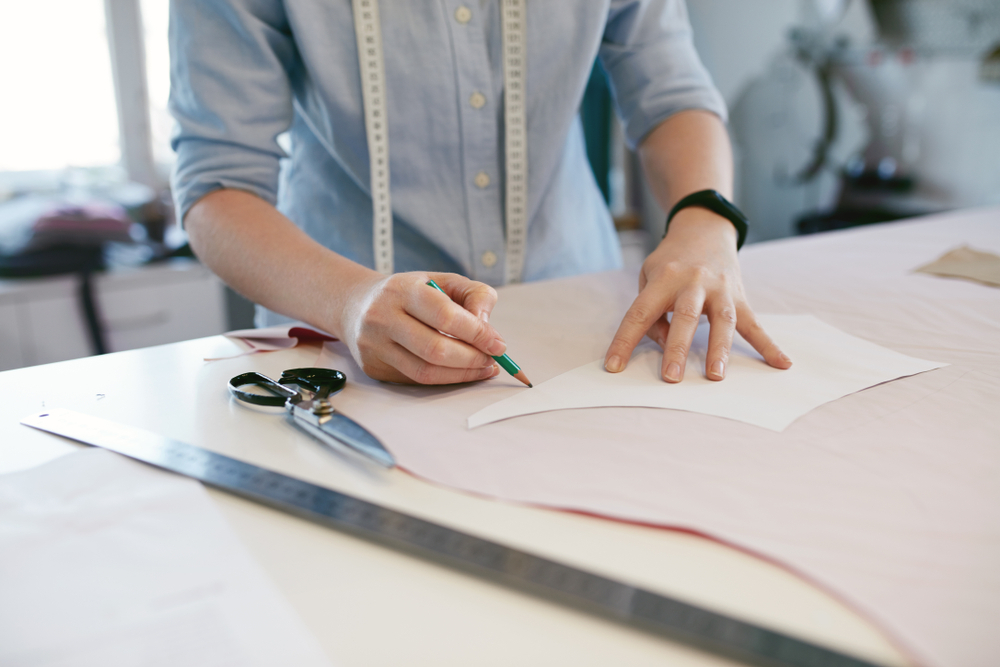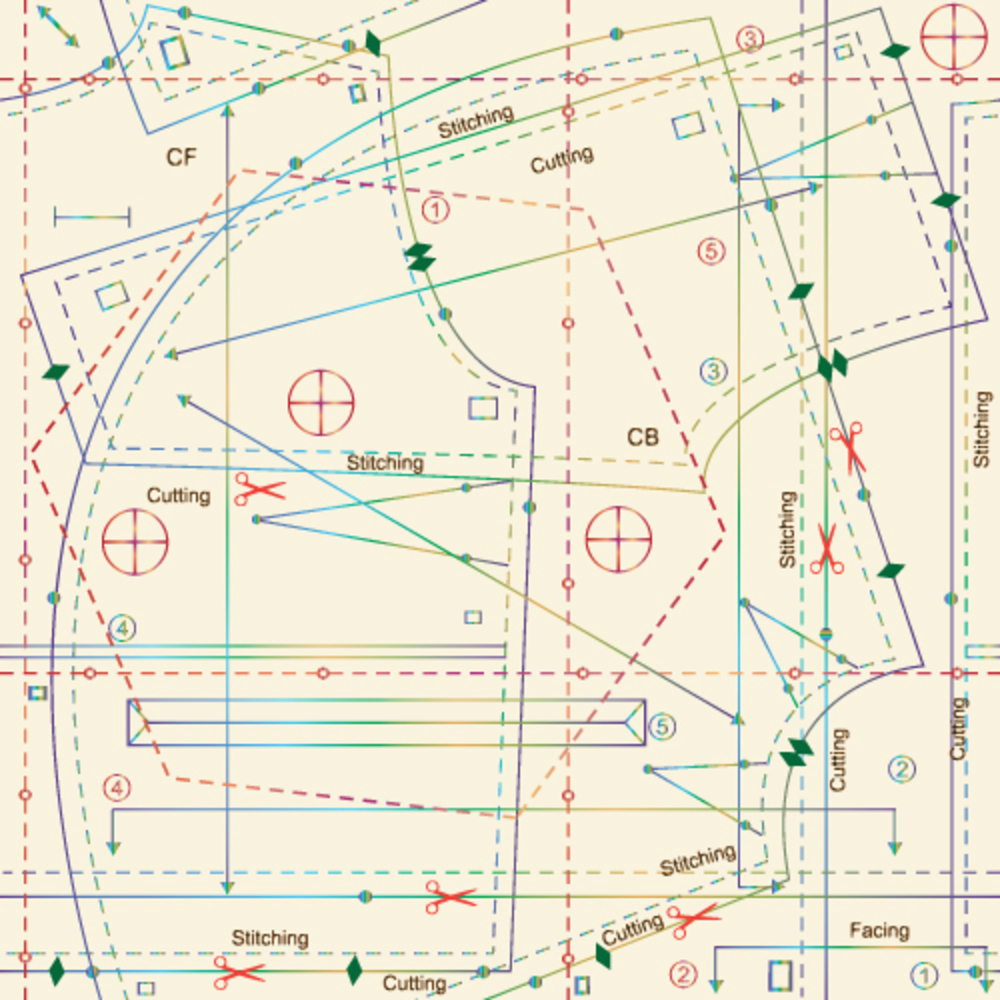Pattern making is the complete process of creating a blueprint of your garment. A pattern is typically used as a template necessary to cut out fabric that matches the essential specifications to sew a garment. The process of garment pattern making takes into account the type of material, the necessary fit on the wearer, and any trims that are likely to be used. The pattern is used to make 2-dimensional fabric sit appropriately on a 3-dimensional body.
Industrial Pattern Making
Industrial pattern making is a blueprint for creating the export-ready garments. It is a framework or a template to make all of the components of a garment necessary to form a complete piece of clothing. Industrial pattern making is the link between design and production that turns overseas buyer’s designer’s sketch into a three-dimensional functional garment.
The Different Methods of Pattern Making
Pattern making consists of three methods-
- Drafting
- Draping
- Flat paper patternmaking
Drafting:
It involves measurements obtained from the different body measurements taken on a person, dress or body form that need to be matched. Measurements for waist, chest, hip etc., and ease allowances are also marked on paper and construction lines are drawn to complete the created pattern. Drafting is also used to create a foundation or design patterns.
Draping:
It involves the draping of a two-dimensional piece of fabric around a particular form, conforming to its shape, creating a three-dimensional fabric pattern. Ease allowances for movement are added to a garment to make it comfortable to wear. Advantages of draping are that the designer can see the overall design and pattern effect of the final garment on the body form even before the garment piece is cut and sewn. However, it is more expensive and time-consuming than flat pattern making.
Flat Pattern Making:
It involves the development of a basic fitted pattern to fit a person or body form. A sloper is the starting point for a flat pattern designing. It is usually a simple pattern that fits the body with just enough ease for movement and comfort. The basic structure of a sloper must be such that adjustments can be introduced quickly. For a good pattern making, precise measurements are of incredible importance.
Significance of Garment Ease
After having your body measurements, you must determine the garment ease. The garment ease is the amount of difference between body measurements and garment measurements. It will determine how the garment fits in relation to the body for which it is specifically designed. A loose garment will have more comfort than fitted attire. Some garments, like the athletic leggings, will often have what’s called negative ease; that means that the garment measurements are relatively smaller than the body measurements. It will also highlight if there are any negative ease which is also not useful. Negative ease can only be applicable for stretch fabrics. Garment pattern making thus has a crucial role to play.
Creating a Production-ready Pattern
The first and the foremost step to finalizing your pattern is called ‘trueing’ your pattern. This means ensuring that the seam lines on each piece match the length of the seam lines on the piece they will be sewn to and that there are no strange angles at the top of bottom of the seams. For most portions of the garment, you’ll want these seam lengths to match precisely.
A garment is a three-dimensional product, whereas the raw materials such as the fabric are two dimensional. So to convert into a three-dimensional garment, industrial pattern makers must introduce the depth and fullness to the fabric in a specific area to get a proper fit for the human body. This process can be effortlessly done with the help of pattern making.
With Pattern Creations‘, online pattern creation courses, making garments with your favourite designs and cuts has become much easier. Hence, opt for one such course to create some appealing designs.




